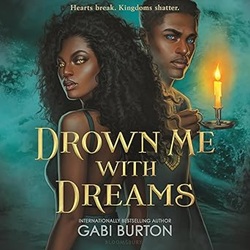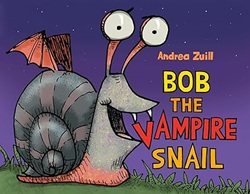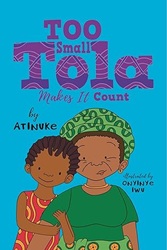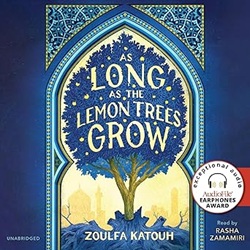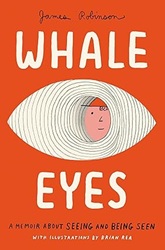Review of Drown Me with Dreams, by Gabi Burton
by Gabi Burton
read by Dami Olukoya
Bloomsbury YA, 2024. 12 hours, 52 minutes.
Review written August 17, 2025, from a library eaudiobook.
Starred Review
Let me say again that I love the new trend in fantasy books of publishing duologies instead of trilogies. Drown Me with Dreams completes the duology begun in Sing Me to Sleep (a 2023 Sonderbooks Stand-out), following the siren Saoirse, who’s the only one of her kind in the kingdom of Keirdre, after the king slaughtered them all as monsters. (An advantage to listening to the book is now I know how to pronounce that.)
Things have changed for Saoirse in this book – I don’t want to give too many details and give away the first book, but now Saoirse is living openly as a siren, and she finds a way to cross the barrier to leave Keirdre. But she won’t be able to come back if Hayes doesn’t bring the barrier down – and that could have terrible consequences.
In this book, besides doing some sleuthing and plotting for the good of the kingdom, Saoirse also learns not to be afraid of her power – and that she doesn’t have to use it to kill.
In the first book, I got a little bogged down with the world-building – a kingdom enclosed by a barrier that not even birds can get through? I have trouble believing it. But in this book, I was used to the idea, and the focus was more on how could they bring it down without starting multiple wars. There was also speculation about what makes a good ruler. Can a good man be a good ruler to a kingdom that was founded to reward ruthlessness?
I’m also a little skeptical of Saoirse’s ability to taste other people’s emotions. Because how does it get in her mouth instantly? I mean, if it were a smell, it could waft in the air, but these were described even as tastes in the back of her throat. Again by this time, I was used to the idea, and the descriptions were so creative, never mind details like that. The emotions weren’t described as simply salty or spicy or sweet, but through a wide range from cinnamon to orange to old stew going rancid. It turns out that with this power, Saoirse can tell when someone is lying, which did make sense.
For most of the book, Saoirse is across the barrier from the one she loves – but she can dream walk to see him. There’s another world-building detail that was a little hard for me – they can touch and feel each other, but it’s only a dream. So when Saoirse talks to Hayes in the dream walk – what is her actual body doing? Apparently nothing. It’s all a little murky – but the romance is beautifully done, and questions of trust are explored. And then the beads she uses to dream walk stop working exactly when it causes the most possible misunderstanding. (Which is precisely how coincidences should work in fiction – cause problems, and we’ll believe it. Solve problems, and it feels way too convenient.)
So – without giving details, this second book made me love the whole duology more. The first book was a debut novel I read when on the Morris Award Committee – and this second book is even stronger – full of tension and intrigue, and finishes off the story in a satisfying, but not predictable way. The author has already grown in her writing in just one book. I look forward to seeing what she will do next.
Find this review on Sonderbooks at: www.sonderbooks.com/Teens/drown_me_with_dreams.html
Disclosure: I am an Amazon Affiliate, and will earn a small percentage if you order a book on Amazon after clicking through from my site.
Disclaimer: I am a professional librarian, but the views expressed are solely my own, and in no way represent the official views of my employer or of any committee or group of which I am part.
Subscribe for more reviews and talk about books.
Join the conversation: What did you think of this book?
